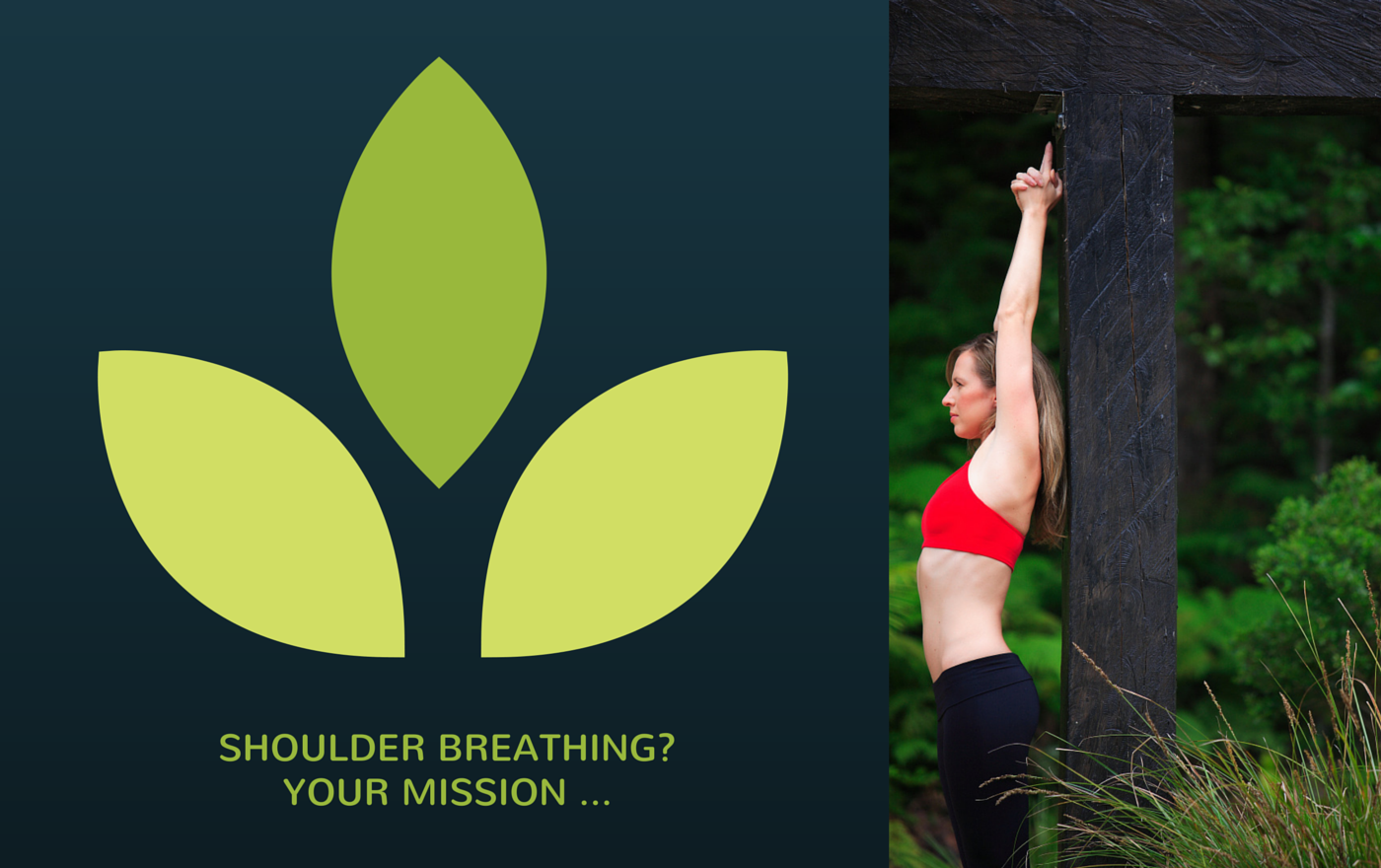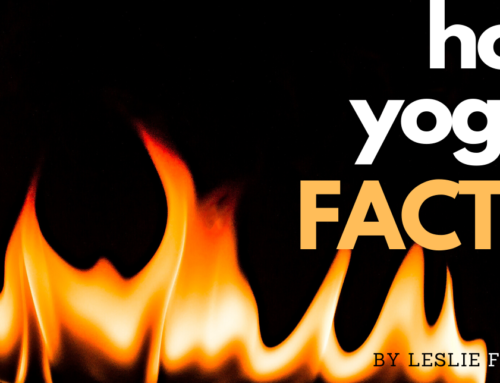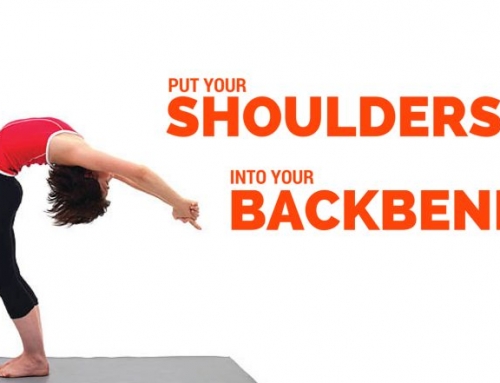It’s hard to believe, but making the benefits of this yoga WAY better than you could imagine always lies in tiny tweaks of poses. So, … if I told you that keeping your attention on this little thing called ‘shoulder breathing’ could transform every pose in your practice, you’d want to know, right? Yep, that’s what I thought.
Lots of small changes add up!
Over the next 3 posts, I am going to outline some important points for you. And in true Hot Yoga Doctor style, I will give you some useful and practical tips for you to apply to your practice and your everyday life! This one little thing is actually HUGE in its effects. But it may seem trivial. More than that, you may think it goes against what your teacher is telling you to do … that is, if they teach the scripted dialog. Of course, it doesn’t. This practice tip honors all the outcomes and intentions of every single pose. It’s just this crucial aspect of your practice is not handled in the dialog.
Ever heard the phrase “squeeze your head with your arms”? How about “Arms straight, interlace your fingers and keep your palms together”? Well, that stuff really works BUT there’s a big IF … a BIG waiver. It works IF your body is open enough to follow those instructions to a ‘T’. It works only IF you are not experiencing pain in your head, neck and shoulders (and sometimes your back).
How Your Shoulder Set-up Affects Your Breathing
In this mini-series of emails I want to give you some tips on how to set your body up for creating space and opening, and pain-free yoga. It’s all to do with your shoulders. But let me start by telling you why this is crucial to your shoulders (and upper back)! Did you know that tight shoulders can not only be hellishly constricting or painful, it can have a direct effect on your breathing? Not many people know this. Without going into the fine details that we explore in my teacher trainings and workshops, if you have tight shoulders, it affects your neck (dem muscles are all connected). Hey it even affects the muscles in your head.
Tension becomes part of your existence. Perhaps you are someone who has headaches. Maybe often. (Aside: As a dentist, I might have to ask my patients how often they had headaches and I realized that the answer was very subjective. If they said “not very often” then I had to ask for more details. After digging further, one young lady further revealed that “not very often” for her meant once a day. On the contrary, not very often for me means once per YEAR.)
Reducing Stress – First Physical, Then Emotional
Breathing is partly the jurisdiction of your diaphragm and intercostal muscles. But if you’re under stress, certain muscles are triggered, and they take over. If you are frightened and you gasp in a short, sharp breath, it is the muscles in your neck that get recruited to take over. These secondary breathing muscles work by activating certain movements in your ribs and neck to draw in breath. Try taking in a quick gaspy breath now. Or ask someone to do it and observe. Notice how the shoulders lift and the neck tightens.
The trouble is that stress is associated with tightness, short breath and tension – everything that happens with Fear, Flight and Fright and the release of Adrenaline with your Sympathetic Nervous System. Meditation and release of stress – a state of calm – is the jurisdiction of your Parasympathetic Nervous System.
Your Body’s Inbuilt Calming System
The calming effects of the Parasympathetic Nervous System come into play when you use the correct (primary) breathing muscles: Your diaphragm and intercostal muscles are the main players when you breathe with abdomino-diaphragmatic breath.
You could still be feeling great with your yoga, but maybe your body is just not developing the flexibility it SHOULD be. The use of your best breathing muscles (diaphragm and intercostals) is taken over by those muscles in your neck and shoulders. The breath is shallow – in fact, gone is that satisfying deep full breath as more stress chemicals are released into your body.
Your Shoulder Assignment!
Over the next couple of posts I will give you specific practise tips to take with you to class, or even to use when you’re out and about. But your VERY first assignment is to notice. Observe how you use your shoulders in the ‘real world’. See if you can notice what your shoulders are doing in EVERY pose (that’s a tall order and will take quite some focus). When you notice tension from the mid-back upwards, what are you doing? If you can’t notice everything that you’re doing (because you’re busy doing yoga, right?) then see if you can start to take mental notes on where you are looking, if you can see or feel tension in your face, if you can sense tension in your body, neck and shoulders or whether you always feel freedom of movement and ease. Then, in a few days, we’ll get back together and start to break it down.
Meet you back here 🙂 In the meantime, have a fantastic week.
Namaste,
Gabrielle 🙂
PS. One way to make all the small – and big – changes in every area of your practice, is to use the Hot Yoga MasterClass as your transformational tool! (If you already own it – why not make a random pose choice in your class today, and see what finer distinctions you can make?) Check it out here: Hot Yoga MasterClass: Transform Your Practice In Days!







Leave A Comment